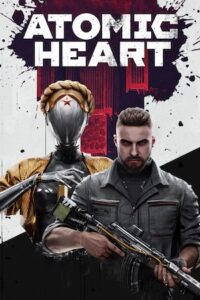Atomic Heart offers a gorgeously presented utterly bonkers world that could have been incredible with a better script.
Atomic Heart is so much weirder than its “SovietShock” appearance
Atomic Heart review

Oh, how I long for another BioShock game. Such is my longing that I’ve recently replayed the first two Rapture-set games and am prepping for another run at sky-high BioShock Infinite. So it should come as no surprise that Atomic Heart has been on my radar for years, given how heavily the initial trailers leant into what looked like a Soviet-themed spiritual successor to BioShock.
That very first Atomic Heart trailer dropped in 2017 and, honestly, by the time more of the game was showcased, the more I tempered my expectations. After spending 14 hours blitzing through a main-path run of the campaign, there’s a lot to love about Atomic Heart but its shortcomings loom large.
You play as due-bro protagonist Major P-3 who riffs off his more straight-laced talking super-glove called Charles (no, really). The game starts strong with a gorgeously presented prologue of a 1955 Soviet city in an alternative reality where Russia has become a post-World War II global juggernaut care of its creation of a “Polymer” super substance. Well, that and the rollout of a robotic workforce designed to take care of the menial jobs and free up humanity to do, well, whatever it likes.
But as any sci-fi fan might expect, large populations of robot workers are a bad command away from turning on their fleshy overlords, and that’s exactly what kicks off the action of Atomic Heart. The plot of Atomic Heart may be formulaic but the way it plays out combined with Mundfish’s willingness to steer heavily into the weird benefits its overall uniqueness. You’ve likely never played a game quite like this before.
But the problem is the storytelling—the player-experienced execution of those plot events—is terrible. It’s a Deadpool-style deep dive into exposition, minus the charm of Ryan Reynolds and the wit of a strong script built on top of clearly defined characters. Every story beat is explained to you, then over-explained, then explained some more to the point where it almost becomes confusing because you’re constantly overloaded with a jumble of information.
It’s at its worst during firefights when dude-bro and glove are waxing lyrical on some deep sci-fi themes, but the execution comes off as unintentionally bad. Admittedly, I was advised to play the game in Russian with native subtitles. But while some of my issues with the dialogue can likely be put down to English-as-a-second-language writing, the prospect of reading the PPSH-pace dialogue in moments of downtime, let alone during firefights, was too much.
After time, though, I learnt to drone out the basic banter and tune back in during more important story moments. What makes the dialogue gripes loom larger than the many Soviet-inspired monoliths that fill this unique place is how beautifully realised the game world is. Whether you’re flying around a floating city, exploring the overworld surface or raiding a bunker, the art design of Atomic Heart is frequently breathtaking and perpetually screenshot-worthy.
The little moments of organic storytelling that come out of the destruction of a space or the clever-but-creepy way you can communicate with the recently deceased show a lot of thought has gone into making this place feel believable. And it’s not just BioShock that Mundfish has leant into, either. That influence is clearly there, but so too are others, including Dying Light, The Last of Us, Doom Eternal and—honestly not to rhyme but—Returnal.
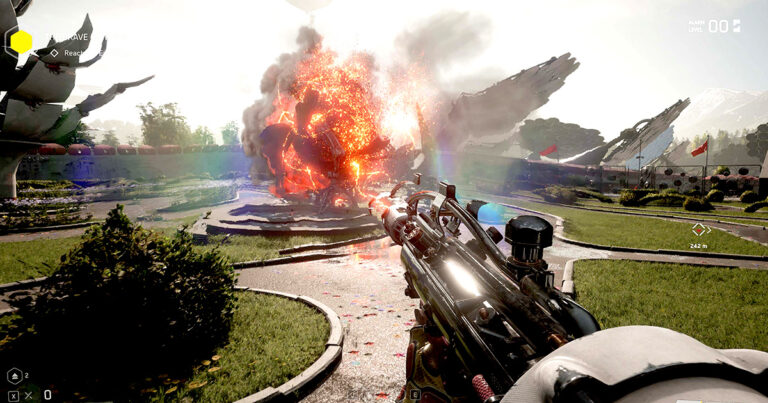
Gunplay ranges from okay to overpowered once you level-up your preferred shooters and start respecting Atomic Heart’s rules of enemy weaknesses. Finding a weakness is achieved by scanning an enemy, and that is way more form over function because it’s tricky to track moving enemies in this stylised view. That’s more manageable when you’re controlling the pace of a fight, but expect to take damage or even die when trying to scan a boss for the first time.
The boss fights in Atomic Heart range from interesting to frustrating. That first boss fight a couple of hours in was a great reflex test on PC (good luck consolers) but ultimately boiled down to biding your time to attack weak spots. The second boss fight, which is recycled a few times throughout the campaign, is against a foe that’s resistant to firearms. That’s not great in a shooter, and given my main-path focus, I felt obliged to cheese said boss to stop it from becoming a painfully elongated fight.
In fairness, this leads into one of Atomic Heart’s cooler pro-player inclusions. I got walloped by that second boss on the first try. When loading my recent save, I went to a nearby vending machine—a vendor that creepily starts out as overly horny before spending most of the game as a polite buy station—to get a new melee weapon. Atomic Heart lets you freely scrap weapons or refund upgrades for a no-compromise full refund, which encourages experimentation. For me, that meant ditching a fast-swinging but weak axe for a melee weapon with a ranged boomerang-like attack.
This pro-player design logic carries over into one of the best gifts to gaming. Atomic Heart handles looting like a swag-targeting vacuum cleaner. Walk into a room with lootable items, hold down the use button, and wave your view over anything that can be looted to hose it up. It’s as satisfying to watch as it is supremely respectful of the player’s time (and obsessive looter types like me). Even if you’re a main-pather like me, you’ll want to loot as much as possible to get more powerful weapons.
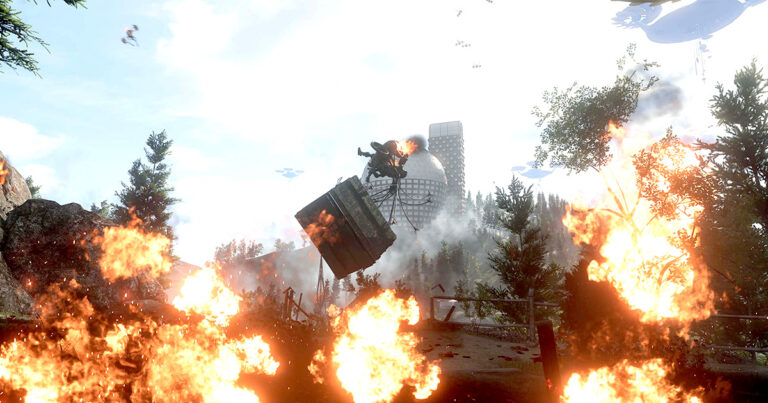
Speaking of which, later bosses are very susceptible to explosives, but Atomic Heart seemingly only offers one such device: the rocket launcher. Even in vanilla form, the rocket launcher packs a punch, but the bulk of Atomic Heart’s campaign is spent underground in bunkers that use elevators to mask loading screens. You’ll eventually meet a boss at the end of these areas, and if you haven’t magically found the right weapon recipe and/or don’t have enough parts to build these Wonder Weapons, well, good luck.
Two of my pre-rocket launcher boss fights were against titans who—you guessed it—were only weak to explosives. I was eventually able to fell them without rockets, but it took every bullet that I’d hoarded to take them down. By the time you get to the final boss, it feels like there should be one last battle, but my ending was relegated to a cutscene.
I say “my ending” because there is an endgame implication that there are multiple endings, even if there isn’t a traditional playable endgame. There was plenty left to do on the open-world map—where “fast travel” is relegated to a single, terrible car type—but after the credits rolled and I resumed my save, it took me back to the final boss fight. For those who want to avoid that, once you get up to the lighthouse, turn around and do everything else you’ve been meaning to do before exploring inside.
Ultimately, my love for Atomic Heart ebbed and flowed throughout the fetch-quest-heavy campaign. Save for three crashes in one location, it was an incredibly stable affair with a compelling gameplay loop. But the obnoxious chatter is a constant immersion-breaker that makes it all too easy to laser in on the other parts of Atomic Heart that don’t work so well.

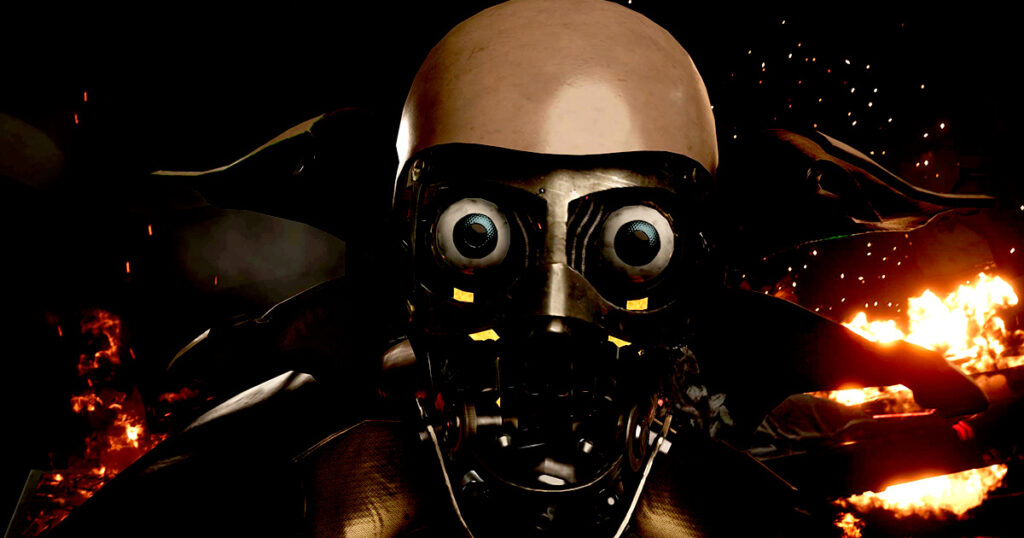

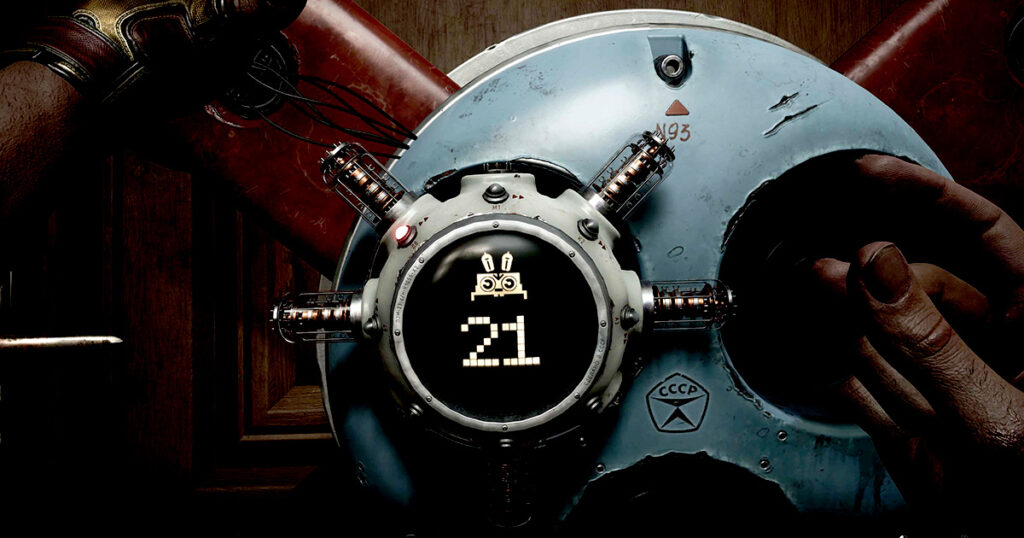






Does Atomic Heart run on Steam Deck?
Related Articles




